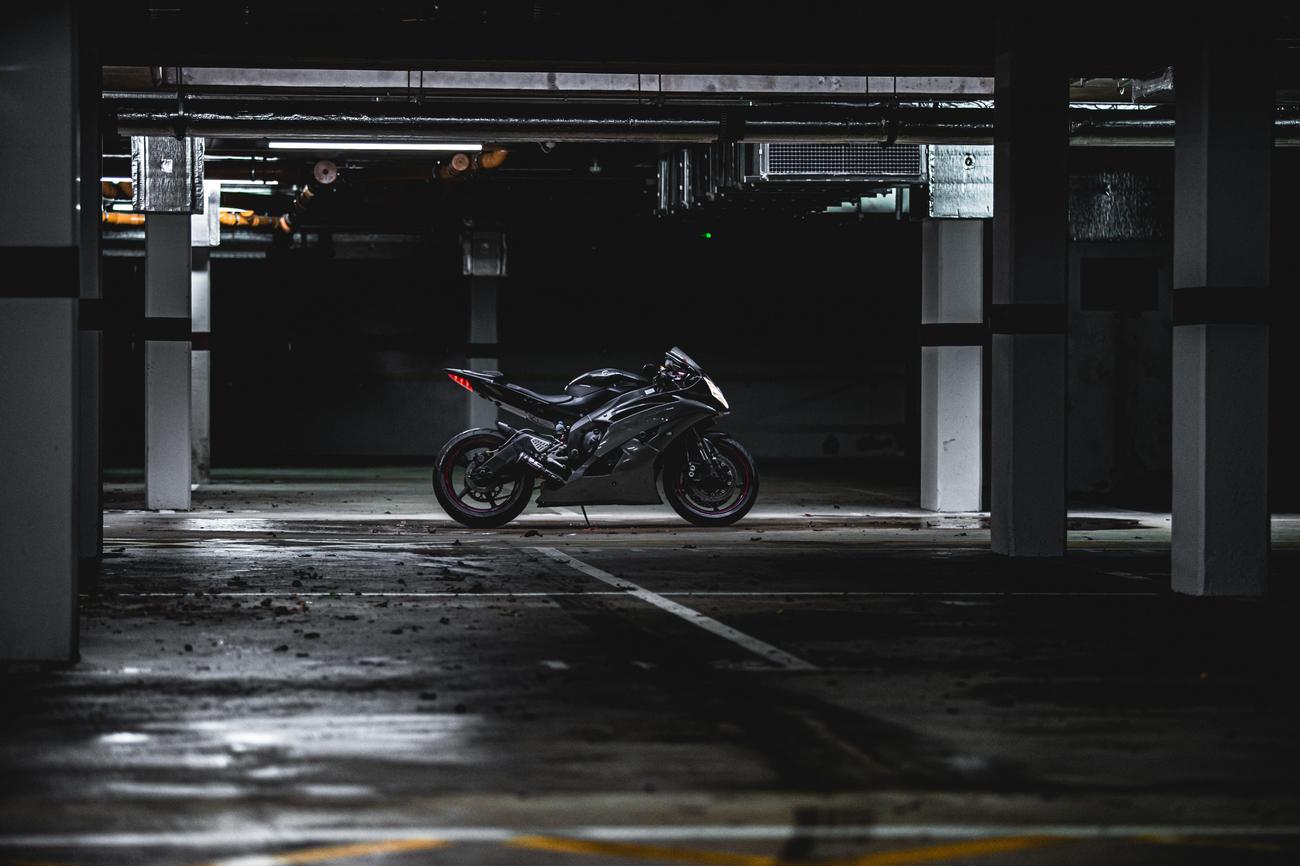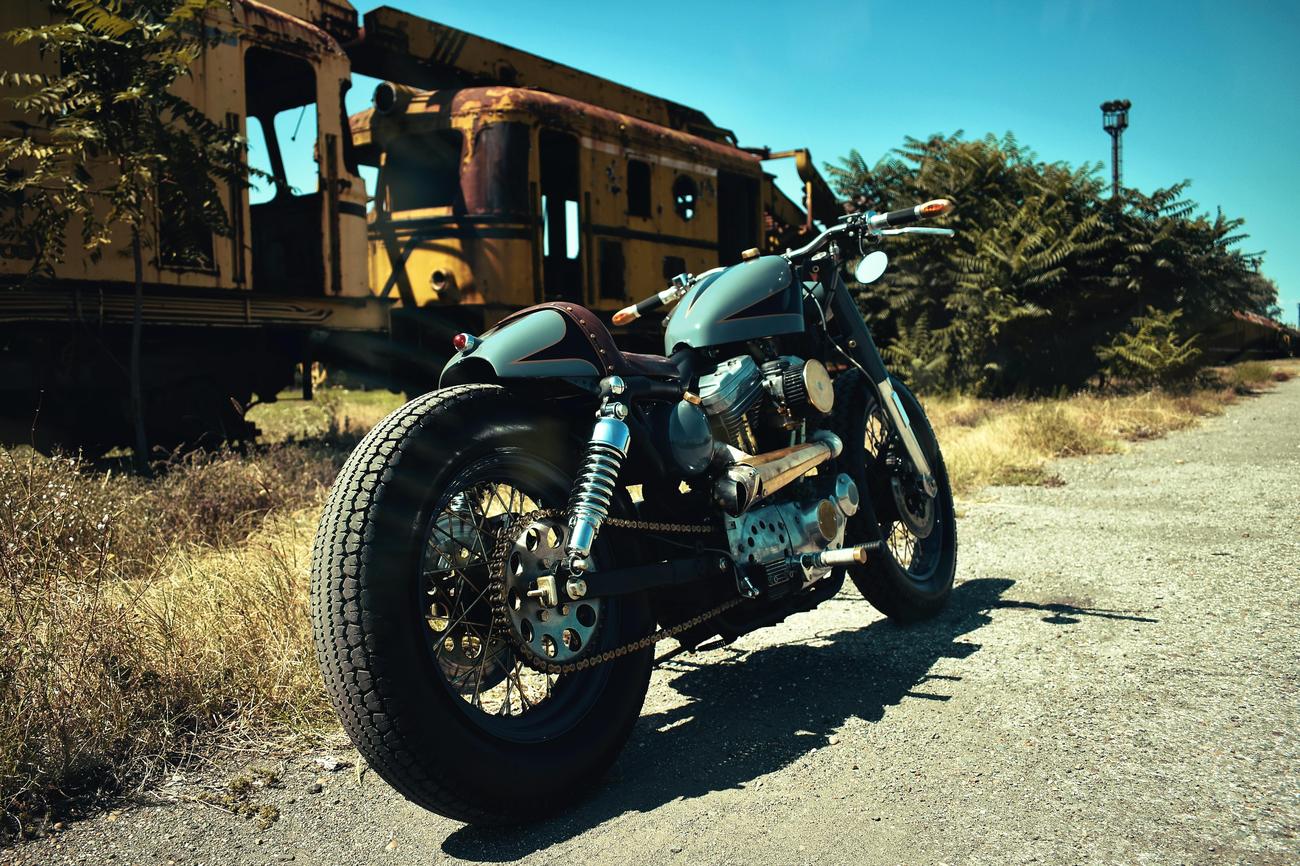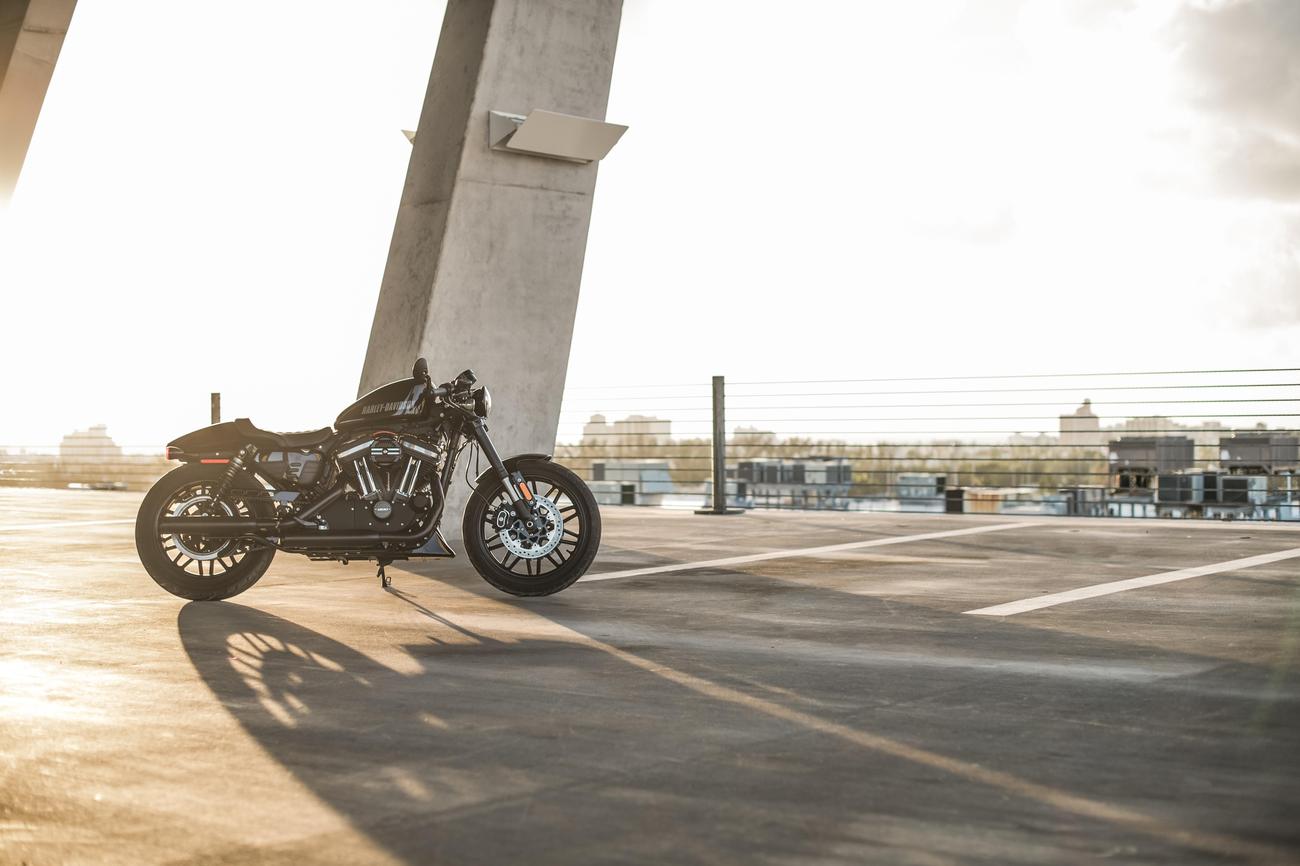
Discover the significance of engine displacement in motorcycles by delving into What Does CC Mean in Motorcycles.
What Does CC Mean in Motorcycles?
In the world of motorcycles, “CC” is a common term thrown around, often accompanied by knowing nods and comparisons. But what exactly does it stand for and why is it so crucial? CC simply stands for Cubic Centimeters, a measure of the engine’s displacement or the volume of its combustion chamber.
Think of the engine as the heart of your motorcycle. The combustion chamber is where the magic happens—fuel and air mix and ignite to create power. A larger CC means a bigger combustion chamber, allowing for a larger volume of the fuel-air mixture, which translates to a more powerful explosion and ultimately, more power to propel the motorcycle.
How Does CC Affect Motorcycle Power and Performance?
CC is more than just a number; it’s a key indicator of your motorcycle’s personality on the road. Here’s how:
1. Power and Torque: The Dynamic Duo
- CC and Power: A larger CC typically equates to a more powerful engine, capable of exhilarating acceleration and higher top speeds. Picture yourself merging onto a busy highway—a motorcycle with a larger CC engine will have the power to swiftly accelerate and merge seamlessly into traffic.
- CC and Torque: Torque, the rotational force that gives you that satisfying pull when you accelerate, is also influenced by CC. A larger CC engine generates more torque, making it easier to climb steep hills or overtake vehicles.
2. Fuel Efficiency: The Balancing Act
While a larger CC engine packs a punch, it comes at a cost—fuel efficiency. Larger engines consume more fuel to produce their power, meaning more frequent visits to the gas station. If fuel economy is a priority, a smaller CC motorcycle, known for its fuel-sipping nature, might be a better fit, especially for daily commutes or long-distance adventures.
3. Beyond CC: The Bigger Picture
While CC is a significant factor in motorcycle performance, it doesn’t tell the whole story. Other factors, like the motorcycle’s weight, aerodynamics, and overall design, play crucial roles in shaping its on-road behavior. A lighter motorcycle, even with a smaller CC engine, can be surprisingly nimble and quick, while a streamlined design can reduce drag, enabling a higher top speed.
Choosing the Right CC: Finding Your Perfect Match
The ideal CC for your motorcycle depends entirely on your needs and riding style. If you crave raw power and acceleration, a larger CC engine might be your calling. If you prioritize fuel efficiency and agility, a smaller CC motorcycle could be the perfect companion for your journeys. Ultimately, the key is to find the perfect balance between power, efficiency, and riding enjoyment that suits your individual preferences.
Motorcycles have always intrigued people with their speed, style, and adrenaline-inducing rides. If you’re a fan of these two-wheeled wonders, you have to check out some fascinating facts about them. Did you know that motorcycles were originally designed for military purposes? It’s true! To discover more thrilling tidbits about motorcycles, click here: fun facts about motorcycles. Get ready to be amazed by the rich history and incredible advancements in the world of motorcycles. Don’t miss out on this exciting journey!

Calculating CC: Understanding the Formula and Its Significance
Let’s delve deeper into the world of CC and explore how this crucial figure is calculated.
The CC Formula: Unlocking the Engine’s Secrets
Imagine the cylinder of an engine as a tall drinking glass.
- Bore: This is the diameter of the glass, essentially the width of the cylinder.
- Stroke: Think of this as how far the piston travels up and down inside the cylinder, like ice cubes moving when you take a sip. It represents the piston’s travel distance.
To calculate CC, we use a simple formula:
CC = (π/4) x (Bore)² x Stroke x Number of Cylinders
This formula calculates the total volume of all the cylinders in the engine.
Why CC Matters: Beyond the Numbers
Understanding the CC formula gives you a glimpse into the engine’s design and potential performance. A larger bore allows for larger valves, which can improve engine breathing and power output at higher RPMs. A longer stroke, on the other hand, can enhance low-end torque, giving you more pulling power at lower RPMs.
Finding Your Motorcycle’s CC: Essential Tips for Riders
Locating your motorcycle’s CC is surprisingly straightforward. It’s like checking the tag on a shirt—the information is readily available if you know where to look.
1. Check the Engine Casing: The most common place to find your motorcycle’s CC is engraved directly on the engine casing, often near the cylinder head. It’s usually clearly visible and easy to spot.
2. Consult the Owner’s Manual: If you can’t find the CC on the engine itself, your motorcycle’s owner’s manual is your next best bet. This handy booklet contains a wealth of information about your bike, including its technical specifications.
3. Explore the Manufacturer’s Website: In the digital age, information is at your fingertips. A quick visit to the manufacturer’s website and a search for your motorcycle’s model will lead you to its specifications, including the all-important CC.
CC: Empowering You to Make Informed Choices
Understanding CC empowers you to make informed decisions about your motorcycle. Whether you’re choosing your first bike or upgrading to a more powerful machine, knowing the significance of CC, how it’s calculated, and where to find this information equips you to select a motorcycle that aligns perfectly with your riding style, needs, and preferences.
- China II Review: Delicious Food & Speedy Service - April 17, 2025
- Understand Virginia’s Flag: History & Debate - April 17, 2025
- Explore Long Island’s Map: Unique Regions & Insights - April 17, 2025
















